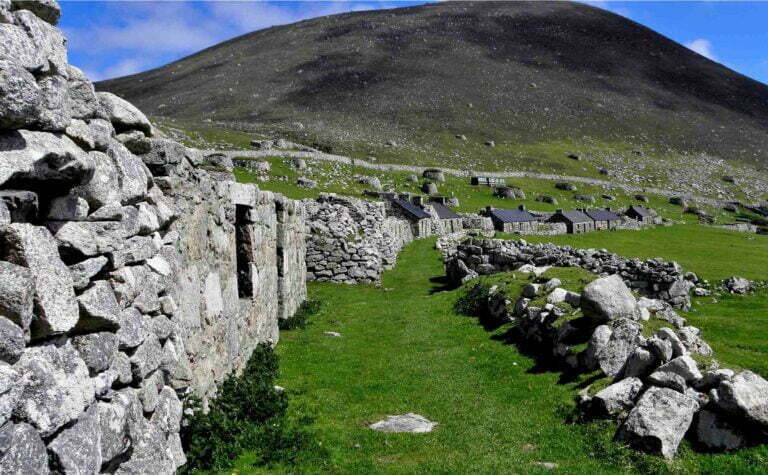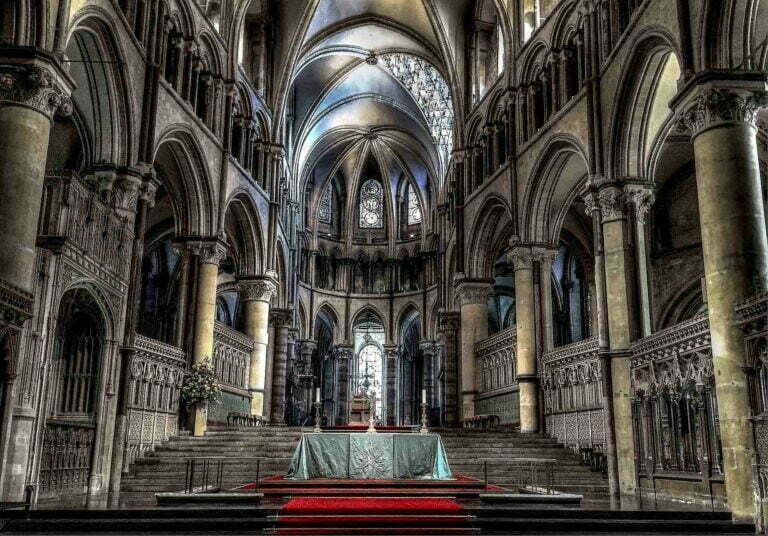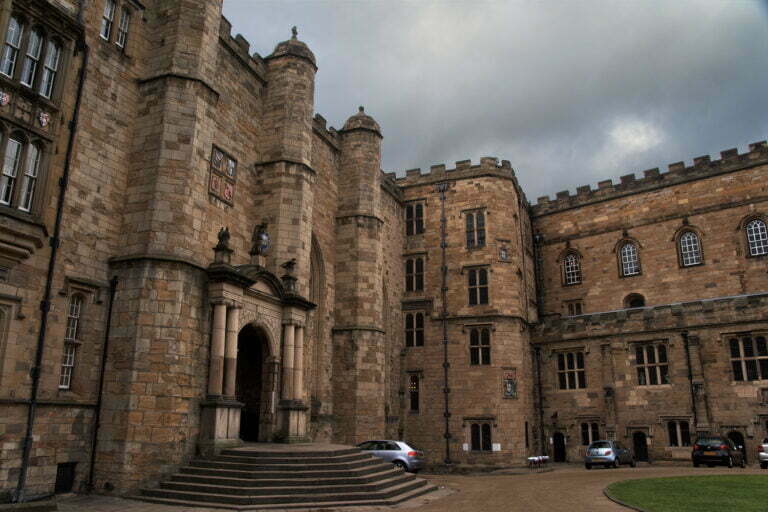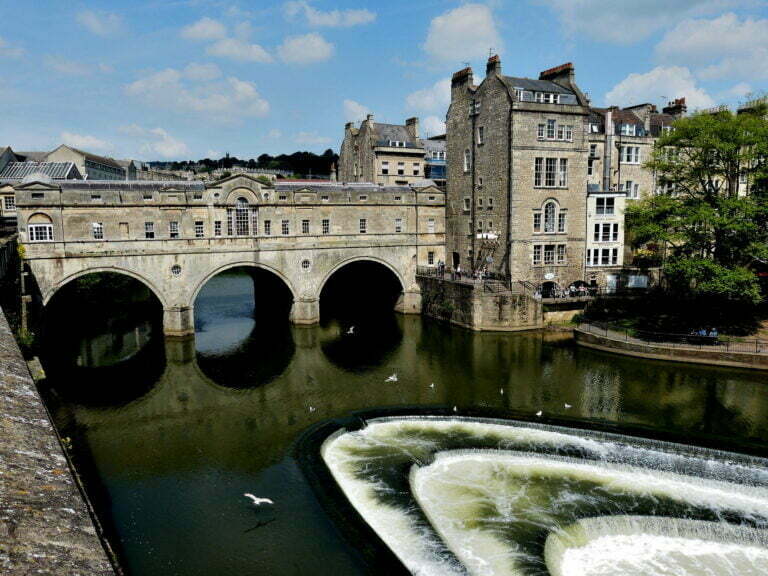Henderson Island

The marine reserve on Henderson Island, United Kingdom of Great Britain and Northern Ireland, made it a UNESCO World Heritage Site in 1988.
UK Places. Historical Landmarks. UNESCO world heritage sites. Heritage places. Places of interest near me.

The marine reserve on Henderson Island, United Kingdom of Great Britain and Northern Ireland, made it a UNESCO World Heritage Site in 1988.

St Kilda is a group of small islands in the Atlantic Ocean. These Scottish islands, part of the United Kingdom of Great Britain and Northern Ireland, became a UNESCO World Heritage Site in 1986.

Blaenavon Iron Works, or Blaenavon Industrial Landscape, located at the upper end of the Avon Llwyd valley in South Wales, United Kingdom, was a UNESCO World Heritage Site from 2000 onwards.

Canterbury Cathedral, St Augustine's Abbey, and St Martin's Church. It is in the administrative and historic county of Kent, in southeastern England.

Durham Castle and cathedral are the largest and finest examples of Norman construction in England, and they attest to the importance of the early Benedictine monastic community.

Ironbridge is currently a British national monument. The Ironbridge Gorge World Heritage Site includes the bridge, the town of Ironbridge and Ironbridge Gorge

Tower of London is a royal fortification. Historically, it was a royal palace, political prison, execution site, armory, royal mint, menagerie, public records office.

Blenheim Palace was built by the English Parliament as a national present to John Churchill, 1st Duke of Marlborough, at Woodstock, Oxfordshire, England. Churchills homes, History, Gardens

City of Bath in England, founded by the Romans as a thermal resort, grew into a major center of the wool industry in the Middle Ages, Somerset, United Kingdom.

The United Kingdom of Great Britain and Northern Ireland is home to numerous World Heritage Sites with significant cultural heritage and historical importance. These famous places showcase the country’s rich history, architectural prowess, and cultural contributions to the world. These sites also serve as living reminders of the nation’s past achievements, artistic brilliance, and contributions to world history. Many of the UK landmarks are protected and preserved, ensuring the continuity of cultural traditions and craftsmanship. Restoration efforts uphold the historical and cultural integrity of these sites, safeguarding their value for future generations. UK World Heritage sites attract millions of tourists every year, contributing to the country’s economy. The tourism industry around these landmarks supports local businesses, creates jobs, and fosters cultural exchange. Presently, there are 33 UNESCO World Heritage Sites in the UK, and those include 28 cultural sites, 4 natural sites, and 1 mixed site among them.